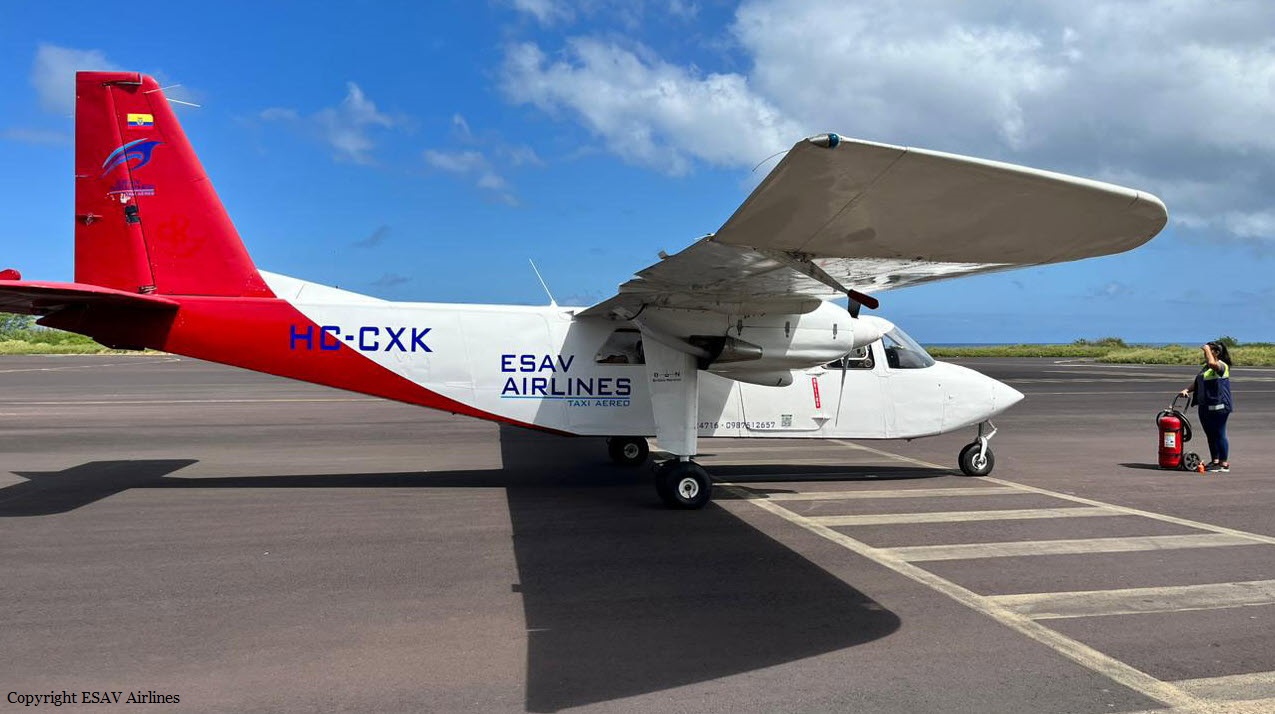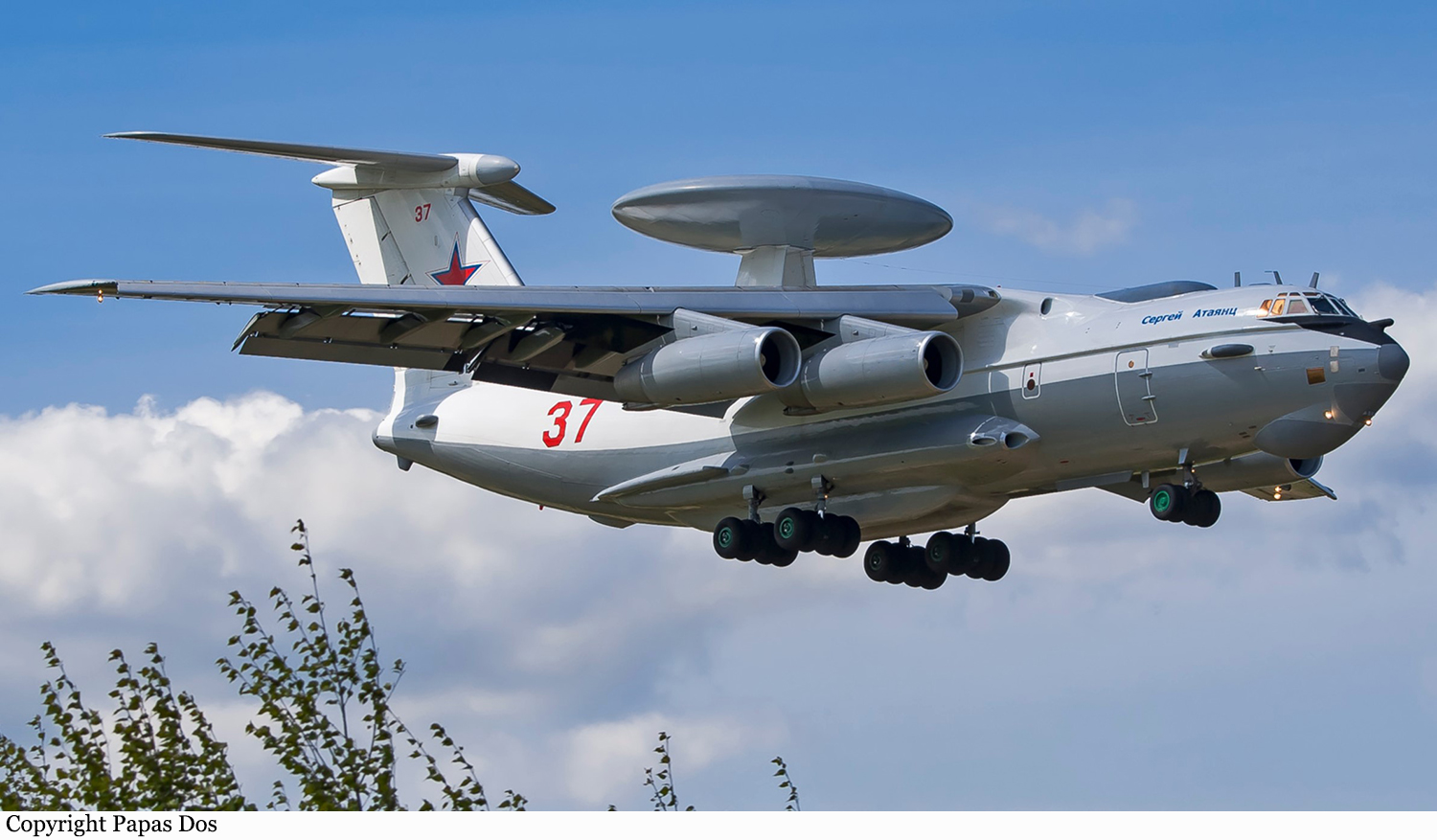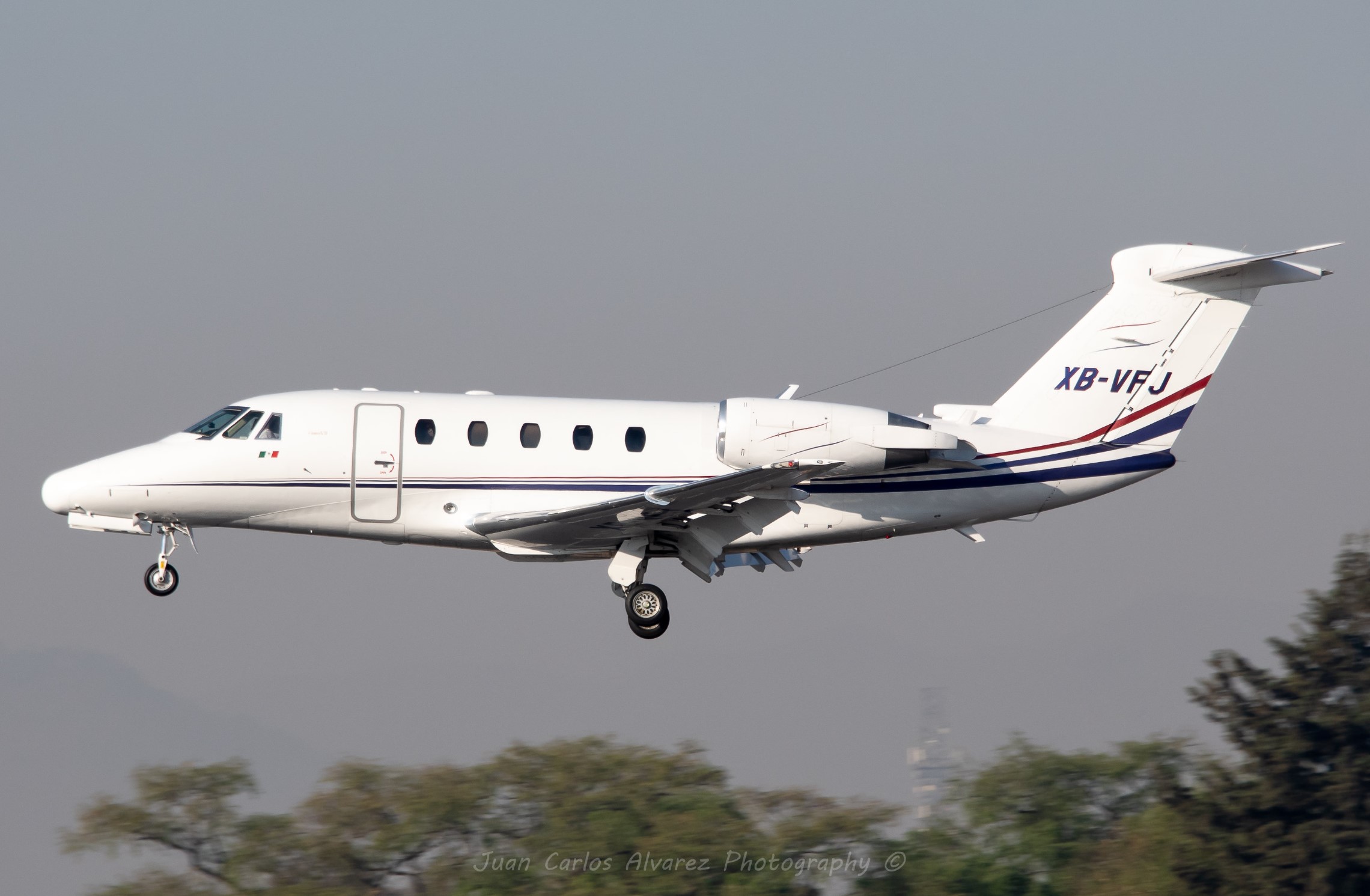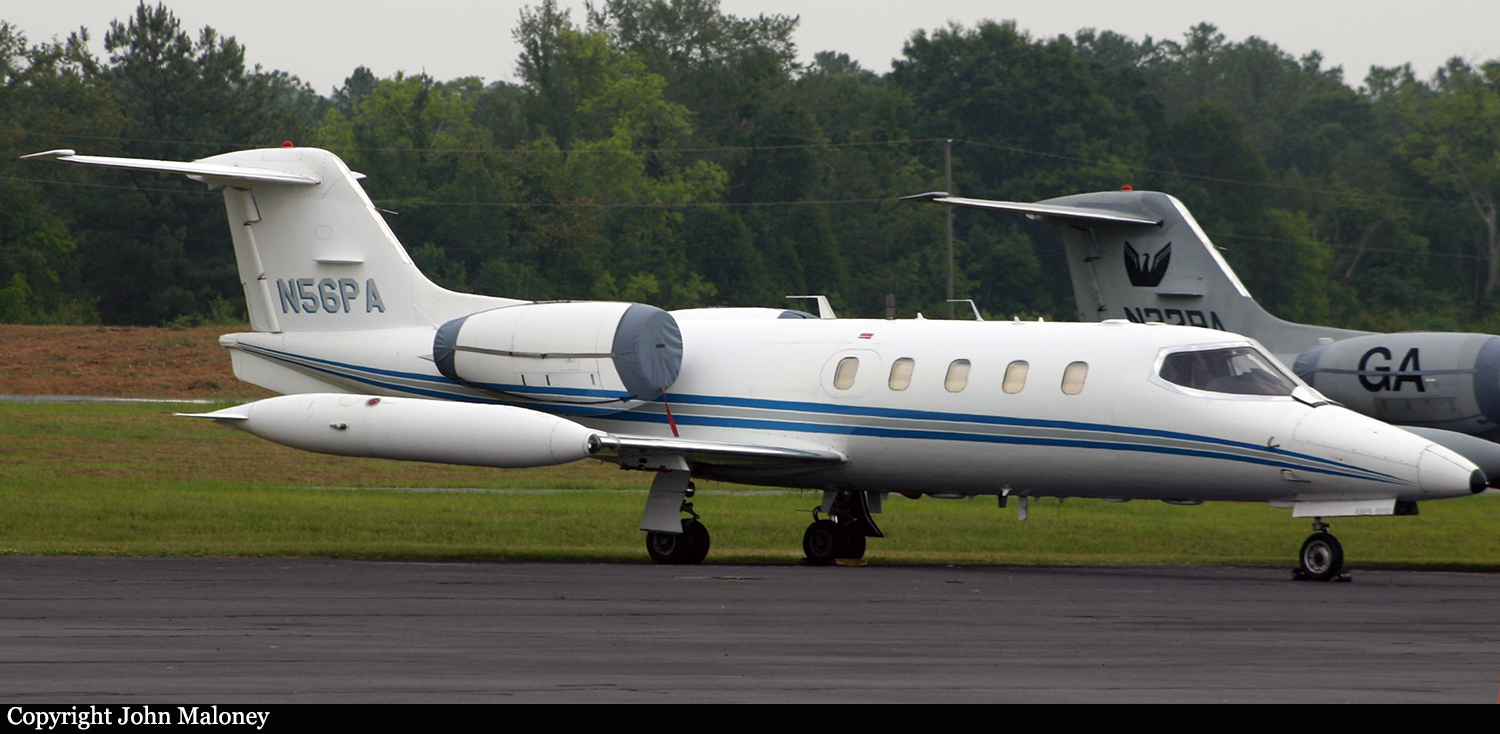Crash of a Cessna 340A in Puerto Cabello: 2 killed
Date & Time:
Apr 26, 2024 at 1853 LT
Registration:
YV3112
Survivors:
Yes
Schedule:
Los Roques - Puerto Cabello
MSN:
340A-0794
YOM:
1979
Crew on board:
1
Crew fatalities:
Pax on board:
4
Pax fatalities:
Other fatalities:
Total fatalities:
2
Circumstances:
The pilot was approaching Puerto Cabello-Bartolomé Salom Airport when he encountered technical problems. The twin engine airplane crash landed in the lagoon of La Salina located less than 2 km north of the airport. Two passengers were killed and three other occupants were injured.























